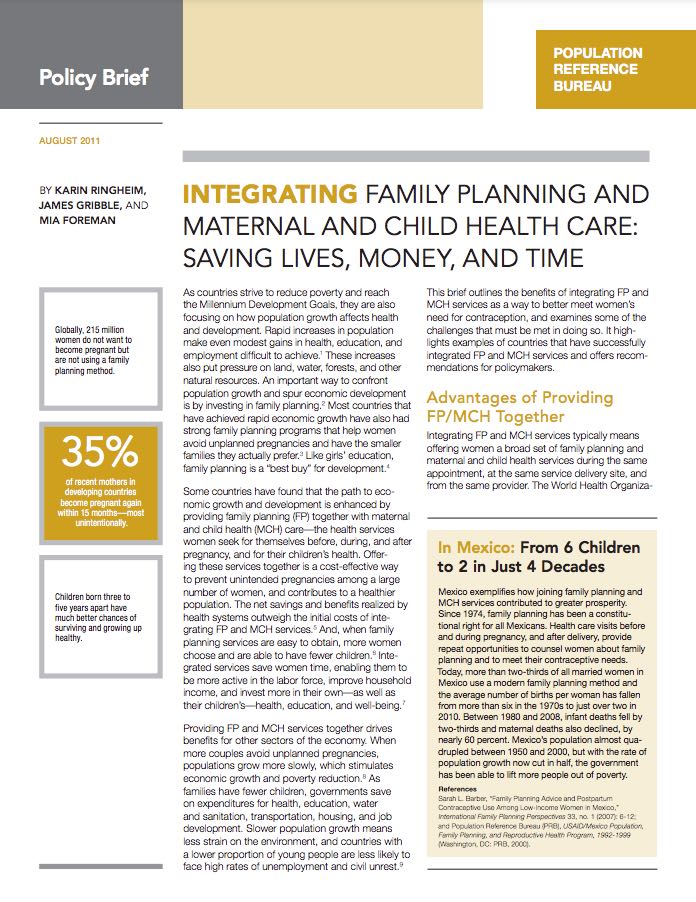Project: Appalachia: Demographic and Socioeconomic Trends
Report Explores Appalachia’s Current Strengths and Vulnerabilities
The latest report on the Appalachian Region can help state and local policymakers build community capacity and strengthen economic growth.



